Industrial machinery is one of the most critical factors in any industry, be it manufacturing, construction, mining, or energy. A machine crack or structural failure could lead to severe loss, making industrial machinery crack repair a priority for businesses. Losses due to downtime can become a cost concern, generate project delays and ripples in the supply chain, and could significantly affect productivity.
Given the urgency and severity of such situations, however, emergency repair solutions for cracks, including Industrial Machinery Crack Repair, are essential to minimise damage and get operations running again as quickly as possible.
The best and most practical method of repairing cracks in industrial equipment is crack repair by metal stitching. It has been beneficial in most situations where welding cannot be done or a more permanent solution must be achieved as soon as possible.
Types of Emergency Repairs
Industrial Machinery Crack Repair requires careful consideration of the repair method based on the severity of the damage. Once there is a crack in industrial equipment, the type of repair applied must be appropriately selected. There are three repair methods: short-term, semipermanent, and permanent.
Temporary fixes
Temporary repairs are often done to stabilise machinery until a better solution can be implemented. Such fixes can be very cheap and done in minutes but are made not to last long. Some temporary repair methods include:
- Epoxy Fillers: Sealing cracks with industrial-grade epoxy.
- Clamping or Banding: It utilises mechanical clamps or steel bands that hold parts together.
- Sealants and Adhesives: Sealing application to prevent leakage in pipelines or other parts.
While these solutions may buy time, they are unlikely to survive high-stress environments or heavy workloads.
Semi-permanent solutions
Semi-permanent repairs are more robust than temporary fixes and are often employed when immediate replacement is not feasible. These solutions include:
- Cold Welding Compounds: These specialised adhesives can bond metal surfaces without heat.
- Bolt-On Reinforcements: Adding metal plates bolted over the crack to distribute stress.
Semi-permanent repairs can extend the lifespan of machinery but may eventually require more permanent solutions.
Permanent fixes
The most reliable permanent repair methods are for long-term fixes. Metal stitching is one of the techniques where interlocking metal pieces are used to repair the crack without changing the properties of the base material. Permanent repairs ensure structural integrity and reduce the likelihood of future failures.
Emergency Repair Kit Essentials
The availability of the right tools and materials is a must in handling emergency industrial machinery crack repair. Therefore, the kits contain the following materials:
- Metal Stitching Tools carry out precise and lasting repairs
- Epoxy Resin and Sealants-to temporarily seal the cracks
- Clamps and Bolts-to hold broken parts together
- Inspection Tools-magnifying glasses, UV lights, and ultrasonic testers to locate and assess the cracks
- Safety gear, gloves, goggles, and masks to ensure the safety of workers handling the repairs.
Sufficient repair kits on hand will save time and resources during an emergency.
Step-by-Step Repair Procedures
1. Analyse and Evaluate the Crack
First, the character of the crack to be repaired has to be evaluated to determine its dimensions and the intensity of the hazard. In practice, visual inspection and ultrasonic devices are employed to assess most of the characteristics of the crack: depth, length, and position.
Get in Touch Today!
2. Select the Right Approach
According to the above evaluation, determine if the required repair is temporary, semi-permanent or permanent. Such parameters include the workload of the particular machine, the operating stress under which it is placed, and the time it takes to accomplish a specific task.
3. Prepare the Surface
Wipe out the crack region to eliminate debris, oil and rust from the crack area. This allows for better fusion of the repair materials and improved efficiency of the repair solution.
4. Execute the Repair
For industrial machinery crack repair by metal stitching, follow these steps:
- Template slots tore at both ends of the crack to counteract their growth.
- Use locking pins and fix them into the deliberately drilled holes to ensure the stability of the area in question.
- It is, therefore, advised that metal stitching tools be used to fit interlocking keys along the crack to produce a closed structure.
- Tighten and secure the keys, which shall help increase the structural dimensions.
5. Test the Repair
After the repair, load tests or practical tests are performed in operations, proving that the crack has been fixed and that the machinery can be used again.
Safety Considerations
Emergency repairs often take place under a lot of pressure, which may increase the chances of accidents. To be safe:
- Always wear the proper safety gear: gloves, goggles, and steel-toe boots.
- Operate tools and equipment according to the manufacturer’s instructions.
- Always ventilate well when using sealants, adhesives, or other chemical solutions.
- Do not cut any corners. Faulty fixing can lead to failure.
Follow-Up Maintenance Requirements
After completing emergency repairs, regular maintenance is essential to prevent recurring issues. Conduct periodic inspections to check for:
- Signs of wear and tear around the repaired area.
- New cracks or structural weaknesses.
- Changes in machine performance, such as unusual vibrations or noises.
Proactive maintenance can significantly extend the lifespan of repaired machinery and reduce overall costs.
Prevention Strategies
Although emergency repair may be unavoidable in some cases, preventive measures often decrease the number of cracks or their severity altogether. Some examples include:
- Periodic maintenance plan.
- Train the operators to identify early signs of mechanical stress.
- High-quality materials and components used in the first construction or assembly.
- Lubrication and proper alignment of moving parts.
Case Studies of Successful Repairs
Case Study 1: Ball Mill Repair in Puerto Rico
Overview
A critical situation arose at a ball mill in Puerto Rico where a heavily damaged metal machinery part threatened to halt production.
The company faced a potential loss of approximately $60 million due to a three-week lead time required for replacement parts. To avoid this, they sought an emergency repair solution.
Repair Solution
Sylmasta utilised Ceramic Supergrade, a two-part epoxy paste for heavy-duty machinery repairs. The application process involved:
- Surface Preparation: The damaged area was roughened to ensure proper adhesion.
- Epoxy Application: The Ceramic Supergrade was applied directly into the crack using a trowel, filling the damage effectively.
- Curing: The epoxy hardened quickly, allowing the machinery to resume operations within 24 hours.
Outcome
This rapid repair saved the company from significant revenue loss. It provided a durable solution against future wear and corrosion, ensuring the ball mill could continue its operations with minimal disruption.
Case Study 2: Online Refractory Repair in a Petrochemical Plant
Overview
Over 10 hotspots are scattered across a fired reformer roof in a Middle Eastern petrochemical plant. In the conventional repair scenario, that translates into three weeks of lost plant time, a production amount worth as much as $12 million.
Repair Solution
Instead of shutting down operations, the plant opted for an online refractory repair approach facilitated by Integrated Global Services (IGS). The process involved:
- Assessment and Planning: Experts assessed the situation and devised a plan to tackle the hotspots without shutting down.
- Execution of Repairs: Utilizing specialized techniques, the team repaired the hotspots while maintaining operational integrity.
- Monitoring and Follow-Up: Post-repair monitoring ensured that no further issues arose.
Outcome
The online repair successfully avoided an immediate shutdown, allowing production to continue uninterrupted.
Although the plant faced an unrelated shutdown two weeks later, the refractory repair enabled them to restart operations within three days, showcasing the effectiveness of emergency repair solutions in critical industrial environments.
When to Call Professionals
While some emergency repairs can be handled in-house, there are situations where professional expertise is essential. Call a professional if:
- The crack affects critical load-bearing components.
- Specialized tools or techniques are required, such as metal stitching.
- The machinery operates under extreme conditions, such as high pressure or temperature.
Professionals bring experience and equipment to ensure a durable and safe repair.
Conclusion
Cracks in industrial machinery can be pretty intimidating, but the right approach will not lead to catastrophic failures or extended downtime.
Temporary fixes and crack repair by metal stitching are some solutions that will address these issues effectively. Proper maintenance and preventive strategies can enhance the longevity of machinery, which means smooth and efficient operations.
Whenever in doubt, call the professionals to ensure the repair is done correctly. Remember, spending money on a good solution today can save much more and much more headaches later on.
MPA Power Project Provides the repair and overhaul of engines, compressor shaft grinding, in-situ grinding of crankshaft, turbine rotor shaft grinding, crack repair by metal stitching. A marine engine room, the turbine hall of a power station and a large compressor house are typical working environments of MPA Power Projects Pvt. Ltd. We specialize in in-situ machining and repairs for Marine and Industrial plants.




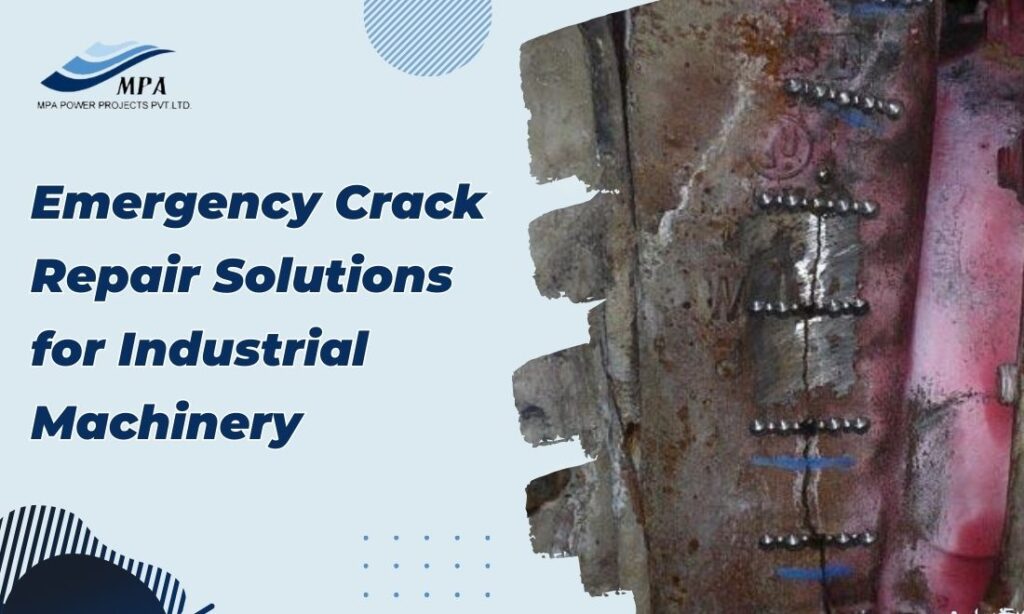
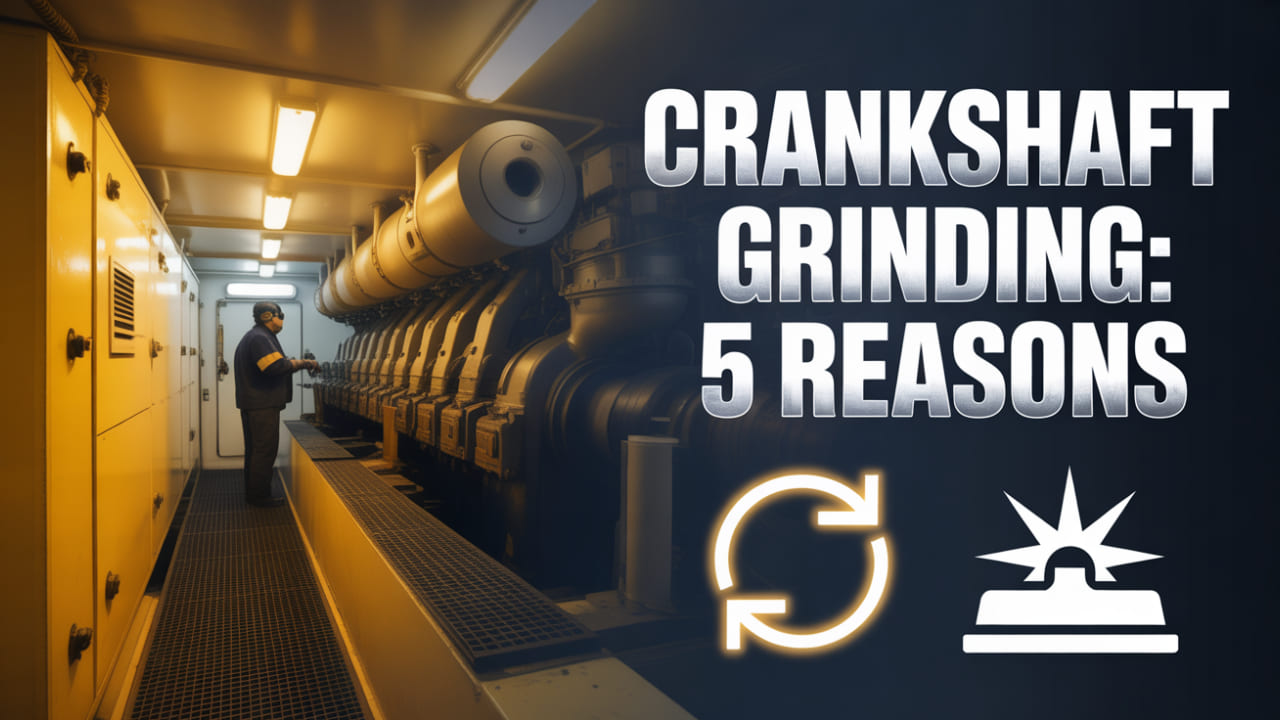
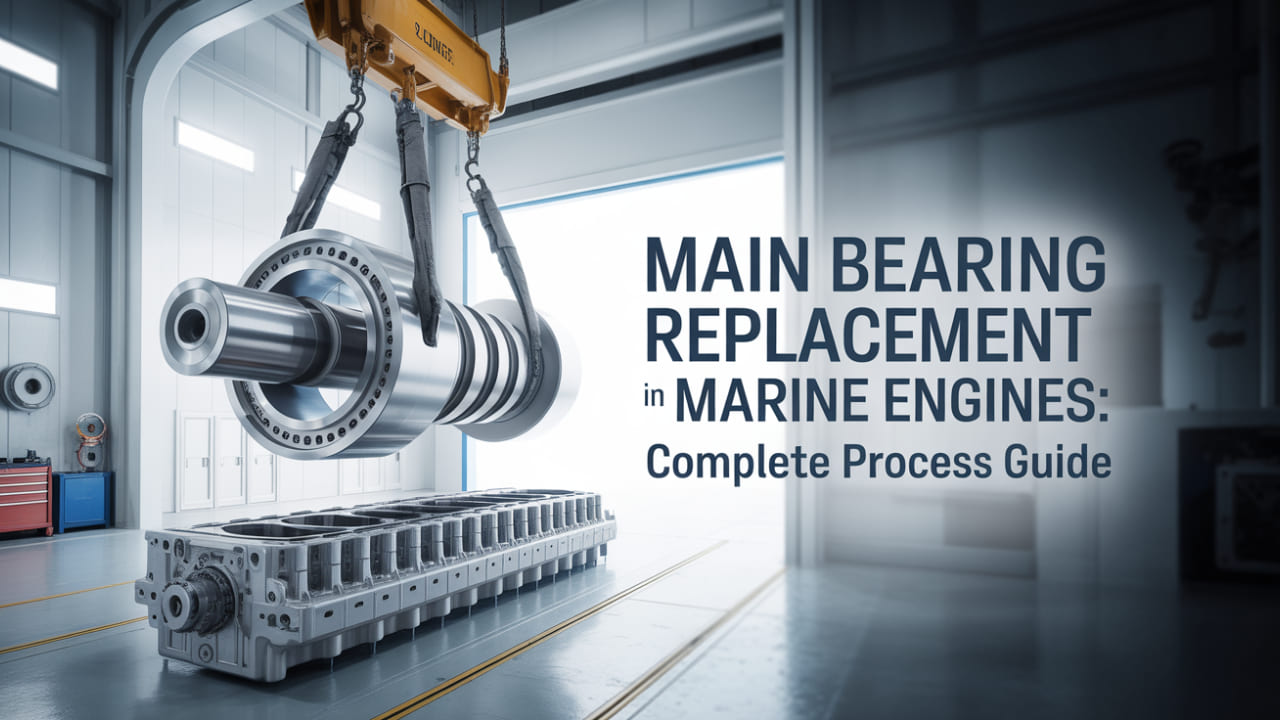
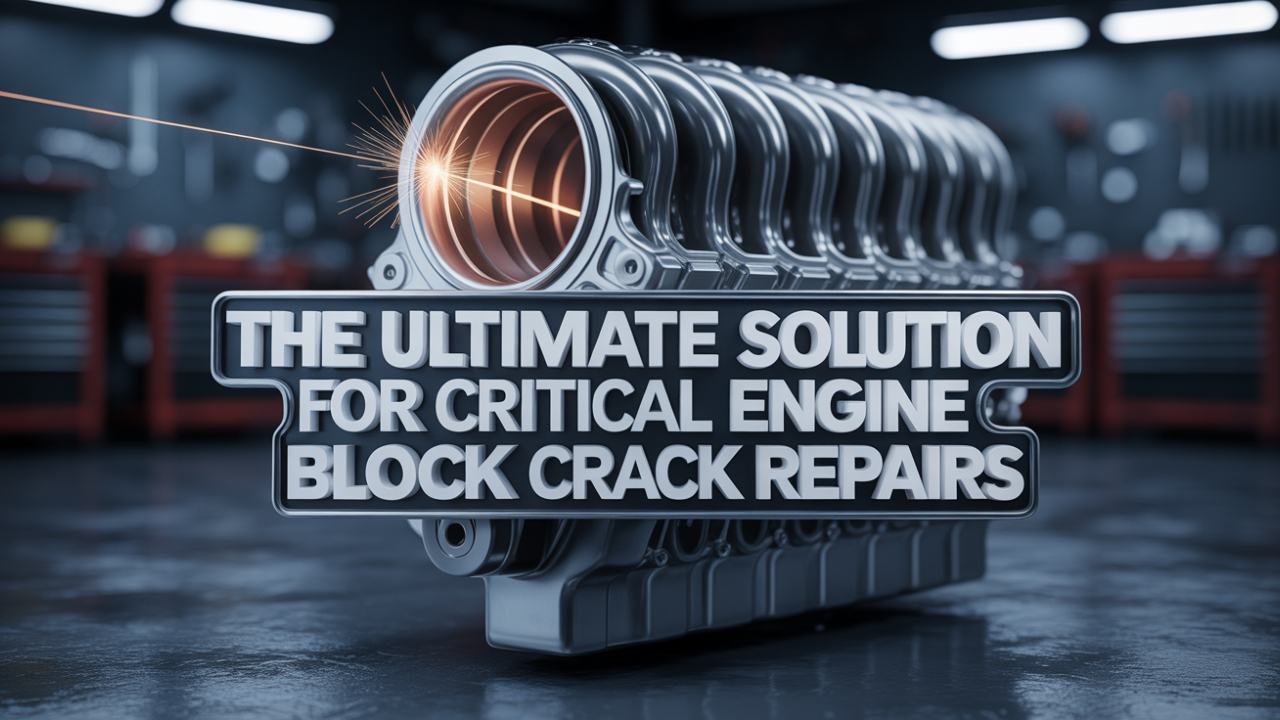
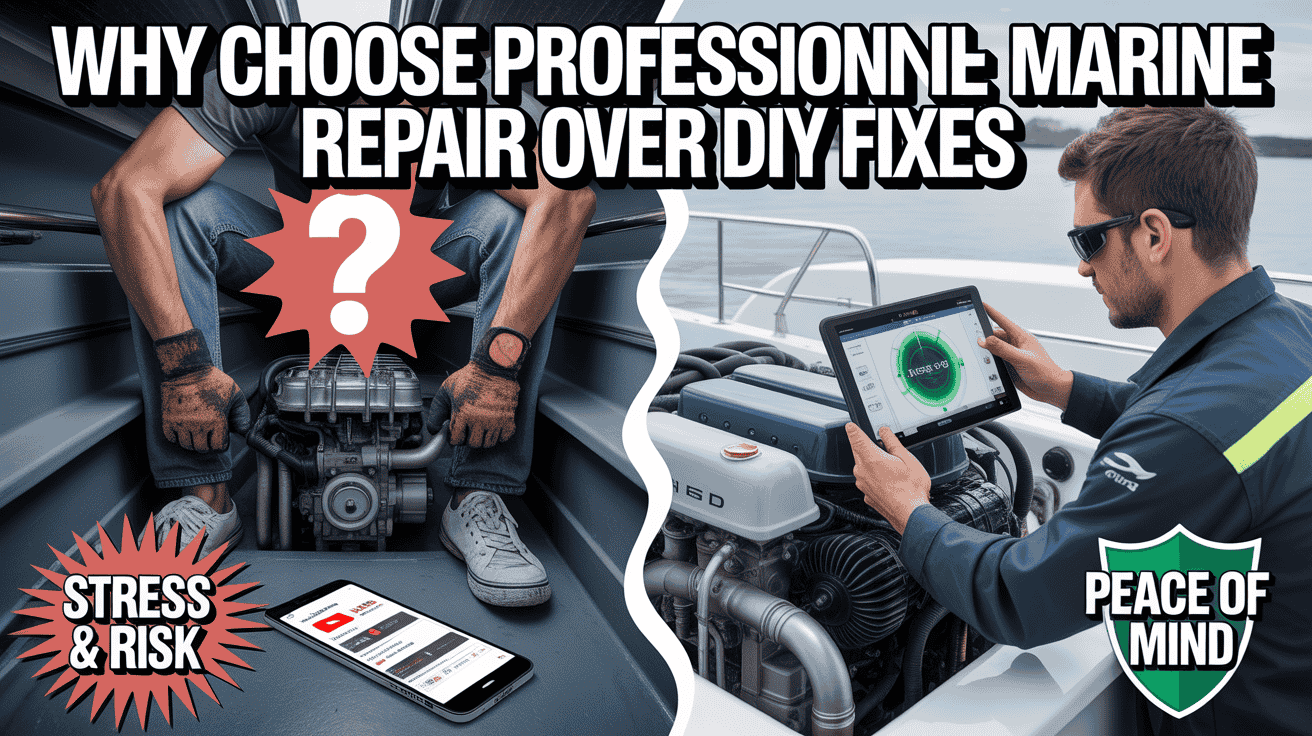
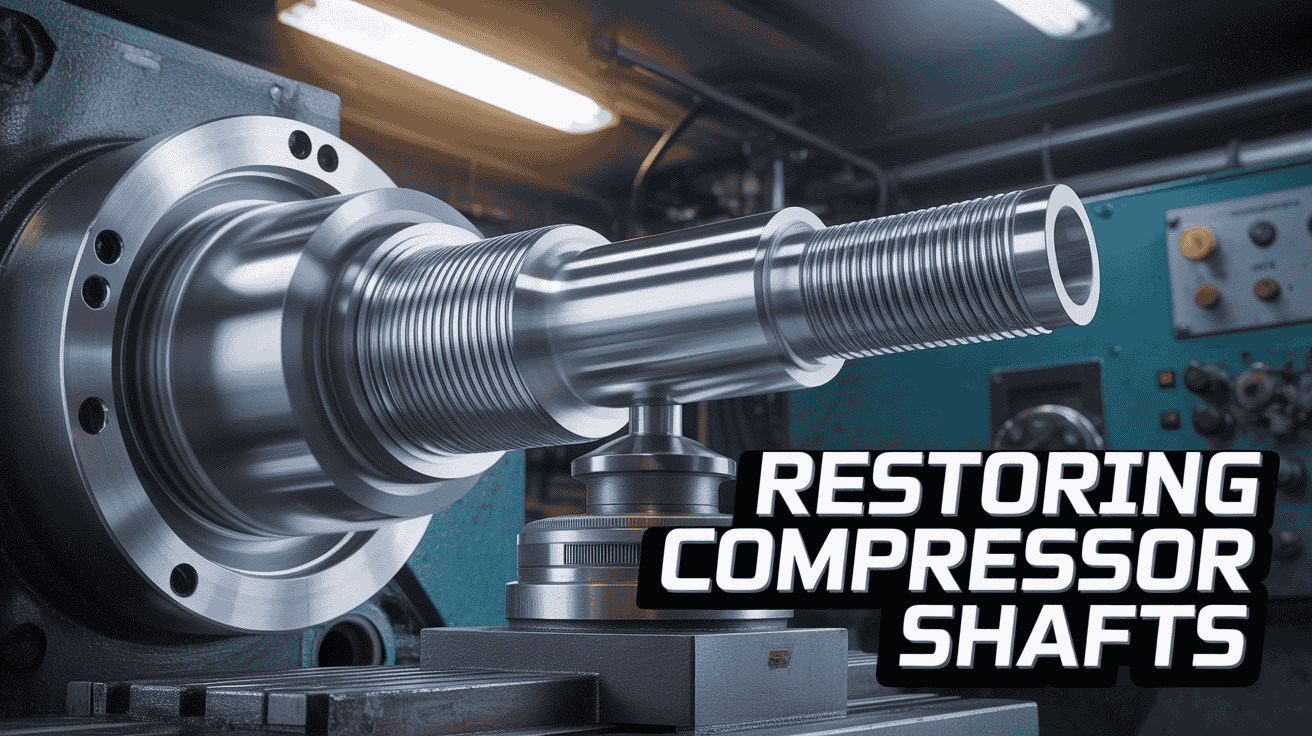

No Comments